1. Alaraj A, Amin-Hanjani S, Shakur SF, Aletich VA, Ivanov A, Carlson AP, et al. Quantitative assessment of changes in cerebral arteriovenous malformation hemodynamics after embolization. Stroke. 2015; Apr. 46(4):942–7.

2. Alexander MD, Hippe DS, Cooke DL, Hallam DK, Hetts SW, Kim H, et al. Targeted embolization of aneurysms associated with brain arteriovenous malformations at high risk for surgical resection: A case-control study. Neurosurgery. 2018; Mar. 82(3):343–49.

3. Atkinson RP, Awad IA, Batjer HH, Dowd CF, Furlan A, Giannotta SL, et al. Reporting terminology for brain arteriovenous malformation clinical and radiographic features for use in clinical trials. Stroke. 2001; Jun. 32(6):1430–42.

4. Chapot R, Stracke P, Velasco A, Nordmeyer H, Heddier M, Stauder M, et al. The pressure cooker technique for the treatment of brain AVMs. J Neuroradiol. 2014; Mar. 41(1):87–91.

5. Crowley RW, Ducruet AF, Kalani MY, Kim LJ, Albuquerque FC, McDougall CG. Neurological morbidity and mortality associated with the endovascular treatment of cerebral arteriovenous malformations before and during the Onyx era. J Neurosurg. 2015; Jun. 122(6):1492–7.

6. Debrun GM, Aletich V, Ausman JI, Charbel F, Dujovny M. Embolization of the nidus of brain arteriovenous malformations with n-butyl cyanoacrylate. Neurosurgery. 1997; Jan. 40(1):112–20. discussion 120-1.

7. Elsenousi A, Aletich VA, Alaraj A. Neurological outcomes and cure rates of embolization of brain arteriovenous malformations with n-butyl cyanoacrylate or Onyx: a meta-analysis. J Neurointerv Surg. 2016; Mar. 8(3):265–72.

8. Foroni R, Gerosa M, Pasqualin A, Hoch J, Giri G, Pasoli A, et al. Shape recovery and volume calculation from biplane angiography in the stereotactic radiosurgical treatment of arteriovenous malformations. Int J Radiat Oncol Biol Phys. 1996; Jun. 1. 35(3):565–77.

9. Frizzel RT, Fisher WS. Cure, morbidity, and mortality associated with embolization of brain arteriovenous malformations: a review of 1246 patients in 32 series over a 35-year period. Neurosurgery. 1995; Dec. 37(6):1031–9. discussion 1039.
10. Haw CS, terBrugge K, Willinsky R, Tomlinson G. Complications of embolization of arteriovenous malformations of the brain. J Neurosurg. 2006; Feb. 104(2):226–32.

11. Heidenreich JO, Hartlieb S, Stendel R, Schlattmann P, Wolf K-J, Schilling AM. Bleeding complications after endovascular therapy of cerebral arteriovenous malformations. AJNR Am J Neuroradiol. 2006; Feb. 27(2):313–6.
12. Imbesi SG, Knox K, Kerber CW. Reproducibility analysis of a new objective method for measuring arteriovenous malformation nidus size at angiography. AJNR Am J Neuroradiol. 2002; Mar. 23(3):412–5.
13. Jayaraman MV, Marcellus ML, Hamilton S, Do HM, Campbell D, Chang SD, et al. Neurologic complications of arteriovenous malformation embolization using liquid embolic agents. AJNR Am J Neuroradiol. 2008; Feb. 29(2):242–6.

14. Jayaraman MV, Meyers PM, Derdeyn CP, Fraser JF, Hirsch JA, Hussain MS, et al. Reporting standards for angiographic evaluation and endovascular treatment of cerebral arteriovenous malformations. J Neurointerv Surg. 2012; Sep. 4(5):325–30.
15. Kashanian A, Sparks H, Kaprealian T, Pouratian N. Assessing the volume of large cerebral arteriovenous malformations: Can the ABC/2 formula reliably predict true volume? J Clin Neurosci. 2019; Jul. 65:1–5.

16. Loh Y, Duckwiler GR. Onyx Trial Investigators. A prospective, multicenter, randomized trial of the Onyx liquid embolic system and N-butyl cyanoacrylate embolization of cerebral arteriovenous malformations. Clinical article. J Neurosurg. 2010; Oct. 113(4):733–41.
17. Mohr JP, Overbey JR, Hartmann A, von Kummer R, Salman RA, Kim H, et al. Medical management with interventional therapy versus medical management alone for unruptured brain arteriovenous malformations (ARUBA): final follow-up of a multicentre, non-blinded, randomised controlled trial. Lancet Neurol. 2020; Jul. 19(7):573–81.

18. n-BCA Trail Investigators. N-butyl cyanoacrylate embolization of cerebral arteriovenous malformations: results of a prospective, randomized, multi-center trial. AJNR Am J Neuroradiol. 2002; May. 23(5):748–55.
19. Pasqualin A, Barone G, Cioffi F, Rosta L, Scienza R, Da Pian R. The relevance of anatomic and hemodynamic factors to a classification of cerebral arteriovenous malformations. Neurosurgery. 1991; Mar. 28(3):370–9.

20. Pierot L, Cognard C, Herbreteau D, Fransen H, van Rooij WJ, Boccardi E, et al. Endovascular treatment of brain arteriovenous malformations using a liquid embolic agent: results of a prospective, multicentre study (BRAVO). Eur Radiol. 2013; Oct. 23(10):2838–45.

21. Roark C, Vadlamudi V, Chaudhary N, Gemmete JJ, Seinfeld J, Thompson BG. ABC/2 method does not accurately predict cerebral arteriovenous malformation volume. Neurosurgery. 2018; Feb. 82(2):220–5.

22. Sahlein DH, Mora P, Becske T, Nelson PK. Nidal embolization of brain arteriovenous malformations: rates of cure, partial embolization, and clinical outcome. J Neurosurg. 2012; Jul. 117(1):65–77.

23. See AP, Mohammaden MH, Rizko M, Stapleton CJ, Amin-Hanjani S, Charbel FT, et al. Morbidity and mortality associated with sequential flow reduction embolization technique of cerebral arteriovenous malformations using n-butyl cyanoacrylate. J Neurointerv Surg. 2021; Mar. 13(3):237–41.

24. Solomon RA, Connolly ES. Arteriovenous malformations of the brain. N Engl J Med. 2017; May. 376(19):1859–66.

25. Vinuela F, Dion JE, Duckwiler G, Martin NA, Lylyk P, Fox A, et al. Combined endovascular embolization and surgery in the management of cerebral arteriovenous malformations: experience with 101 cases. J Neurosurg. 1991; Dec. 75(6):856–64.

26. Weber W, Kis B, Siekmann R, Kuehne D. Endovascular treatment of intracranial arteriovenous malformations with onyx: technical aspects. AJNR Am J Neuroradiol. 2007; Feb. 28(2):371–7.
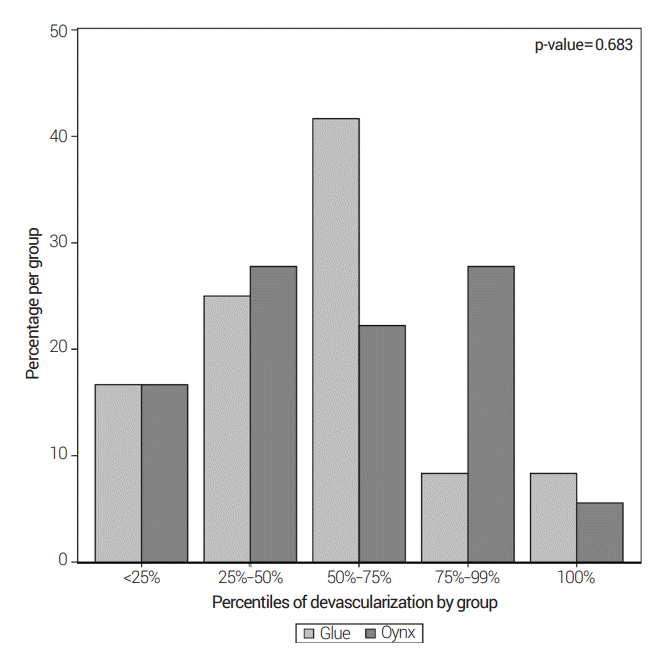
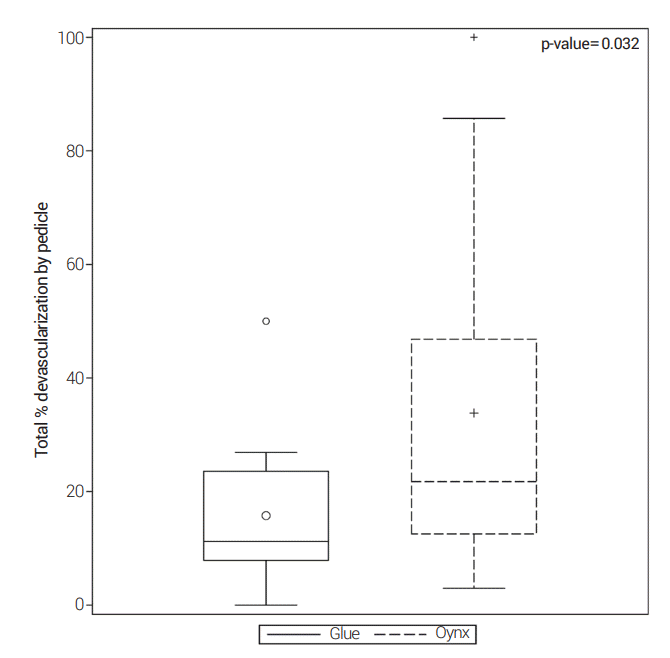
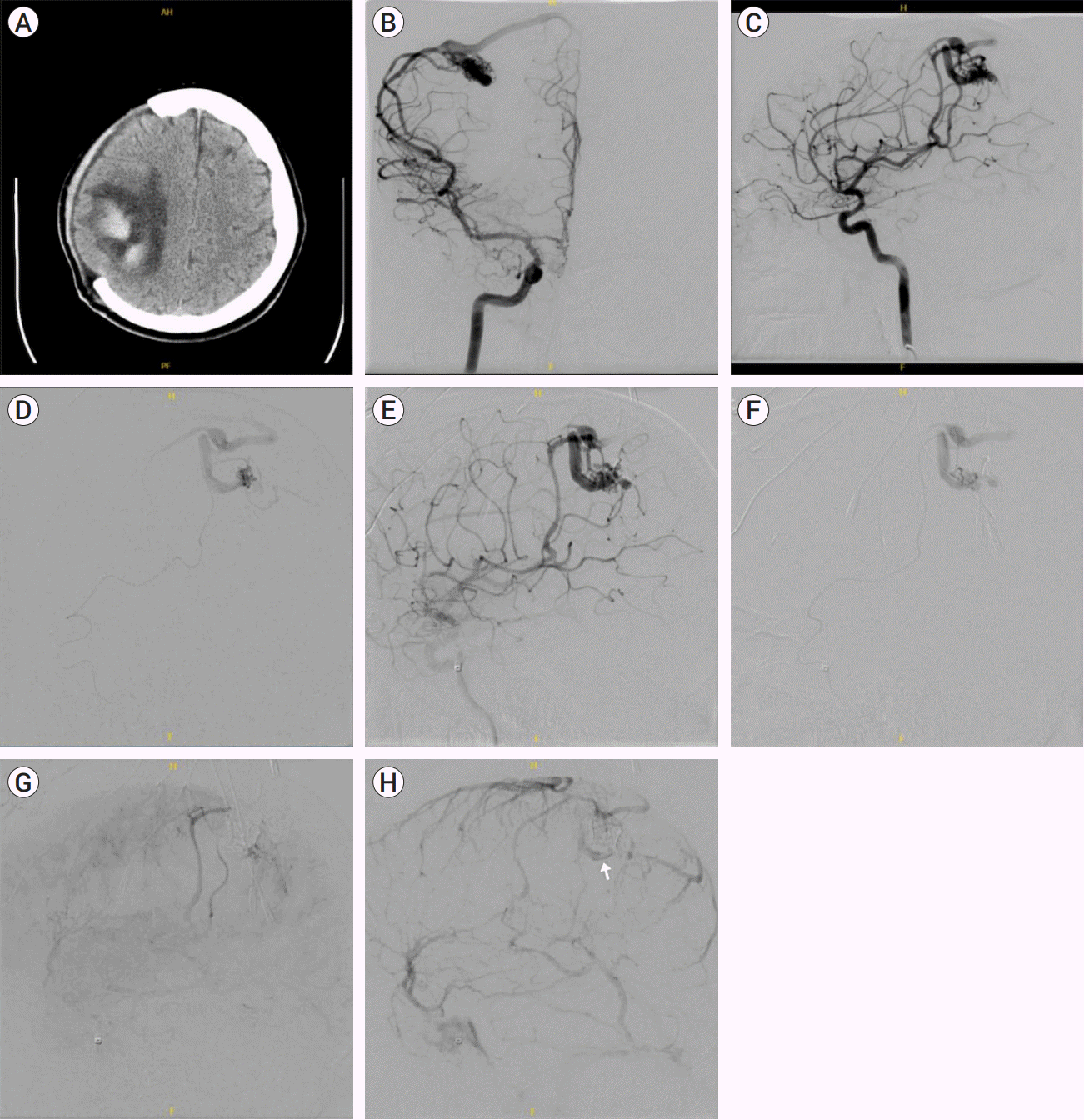




 PDF
PDF Citation
Citation Print
Print



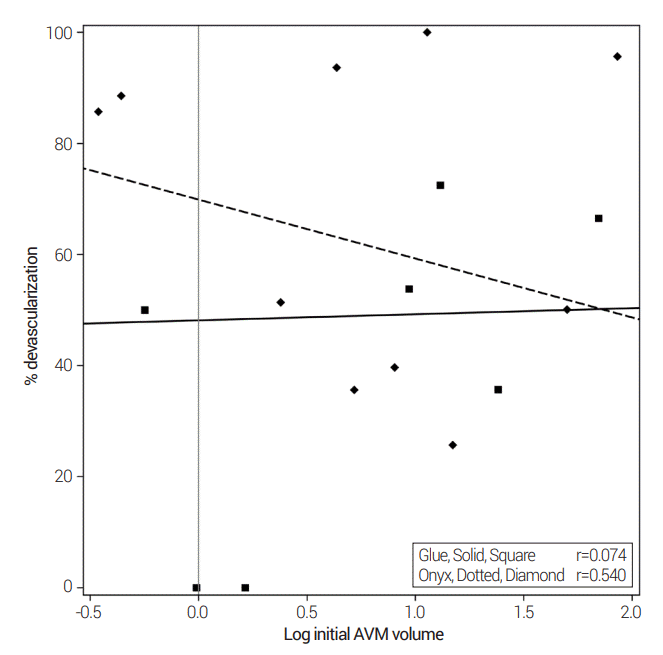
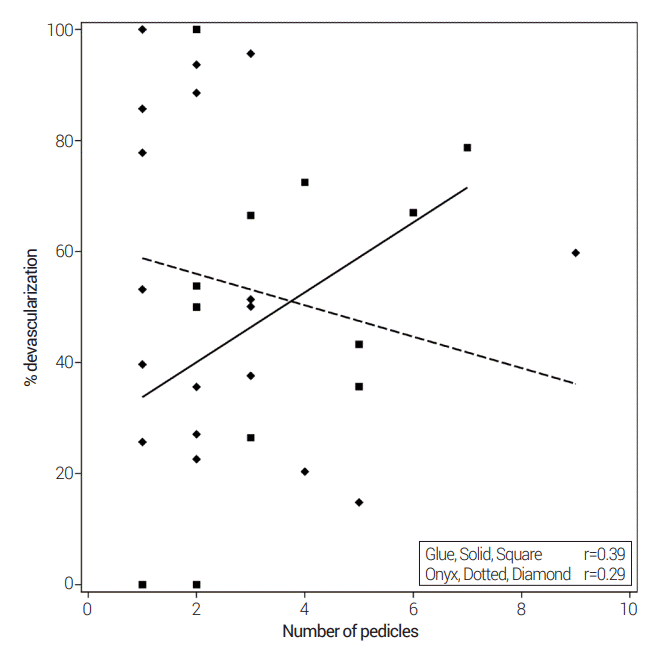
 XML Download
XML Download